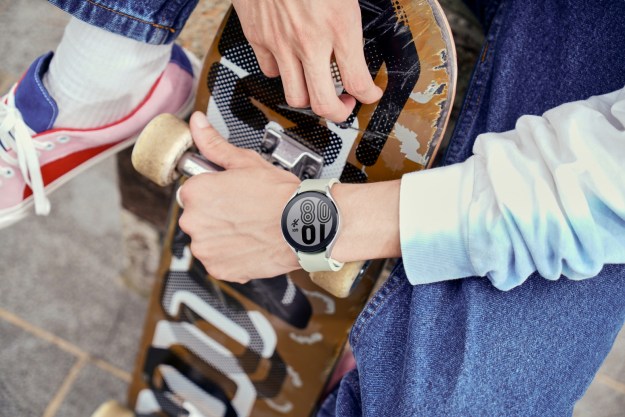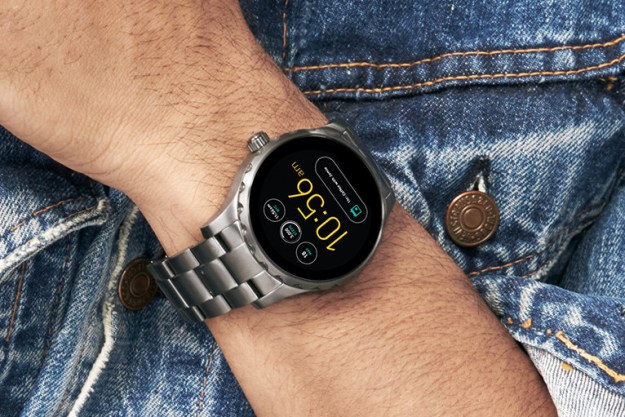What if a one-hour workout could get you 1.5 hours of gains?
It sounds outrageous, but Daniel Chao and Brett Wingeier –founders of Halo Neuroscience— think they can make it happen with a clever new approach. Rather than focusing on your muscles, they’ve developed a headset that boosts your workout by stimulating your brain. The Halo Sport headphones, as they’re called, are designed to prime your brain for exercise.
The process is called “neuropriming,” and it involves using gentle electrical pulses to encourage the brain to form new pathways — thereby making training more effective. Sending targeted signals to the brain boosts motor unit recruitment, meaning it helps the brain activate more muscle fibers. Increased muscle fiber activation shows in increased muscle performance.
“When a neuropriming session is paired with athletic training, the brain is primed to more quickly generate and strengthen neural pathways.” Dr. Chao, CEO of Halo Neuroscience explained to Digital Trends. “We refer to this phenomenon as hyperplasticity.” The brain retains information more rapidly in a hyperplastic state, which means increased strength and skill retention with training.
The brain stimulation tech is all concealed in a typical headphone body, ad while you can use them to listen to music, they phones are primarily designed for neurostimulation. “There are three foam primers that fit onto the device that each target specific parts of the motor cortex,” Chao says. “We program the headset to send a constant small current to one primer (i.e. electrode) to another. This flow of current increases the excitability and synchrony of neurons in the motor cortex region situated beneath the primers. This basic mechanism is what allows Halo Sport to modulate motor performance.”
It basically encourages your brain to accelerate muscle memory. Muscles respond faster to training, which means that hour in the gym using Halo Sport can give more gains than an hour without. The app lets users target a particular area of the body for specific gains. Athletes activate Halo Sport’s preprogrammed energy signals via the app before a workout, then just exercise as normal. Most won’t feel any different, at first.
“The range of current used is generally 2.0 mA or less. For comparison, one tiny LED light uses more current than this,” Dr. Chao said. “The feeling is different for each person that wears the device — most describe it as a light tingling sensation, others call it tickly or warm. Some feel no sensation at all. The user has complete control to increase or decrease the strength from their app.”
Used over time and in conjunction with regular exercise, athletes using Halo Sport showed a marked improvement over those that didn’t. Sound too good to be true? A study or two would disagree.
In addition to small scientific studies, Halo Neuroscience partnered with the US Ski and Snowboard Association, Michael Johnson Performance, and Invictus, a top CrossFit training program, to test the equipment. Invictus Athletes training for the CrossFit Open saw improvement after using Halo Sport for two weeks, lifting five percent more weight during lower body sets. Skiiers focused on the long jump improved their propulsion by 1.7 times over the control group. The study conducted with Michael Johnson Performance showed a 12 percent increase in explosiveness.
Halo Sport is designed to make every workout more valuable, but Dr. Chao reiterated that neurophones aren’t a substitute for dedication. “Practice will always be required to consolidate a skill, so in order to realize accelerated gains over the long term, Halo Sport must be used regularly in combination with daily athletic training.”
A few lucky consumers grabbed a Halo Sport for $549 through the Halo Champions program. Their devices will ship in fall. Regular price will be $750, but there will be another round of the Halo Champions program. Check out Halo Neuroscience to learn more.
Editors' Recommendations
- Beyond wearable tech: This injectable chip tracks health from inside your body
- Freaky new A.I. scans your brain, then generates faces you’ll find attractive
- Rescuing pizza: New life and new uses for your microwave oven






